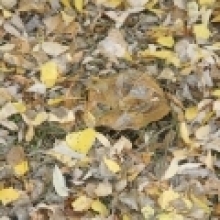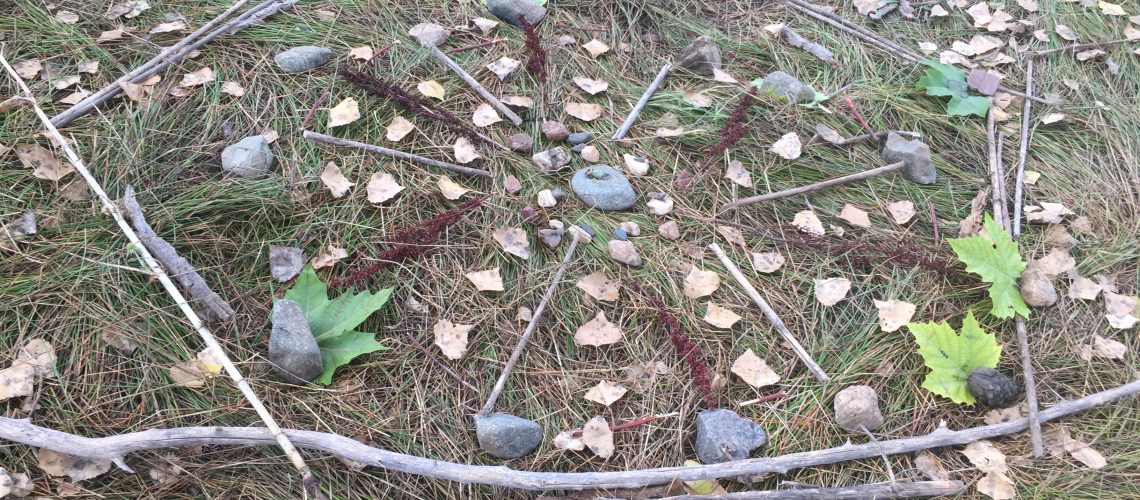Many of us notice things like the timing of the first snow in the fall. The first wildflowers are blooming early, we may think out loud on a May walk, with a warm spring also bringing what seems to be an early brood of robins nesting in a tree by your kitchen window. In more northern climes, ice-in and ice-out dates are noted and provide the fuel for conversations in bars, cafes, churches, offices, and in most any social situation with a Lake Wobegon-like sense of reverence.
Paying attention to the connections of seasons with the world around us is taking on renewed interest and importance. Interactions in nature depend on timing. For many, allergy season starts when particular flowers bloom—earlier flowering means earlier allergies. Birds time their nesting so eggs hatch when insects are most abundant to feed nestlings. Insect hatches in turn are synchronized with leafing out in their preferred plants. With these related events using different “clocks”, there is the potential for some harsh impacts. If plants, for example, spurred by early warming, bloom weeks before bees and hummingbirds, driven by length of days, arrive to do their duty, pollination does not occur. These kinds of occurrences are, in fact, being observed around the country; and it is through observations by laypeople, citizen scientists, that it is being recorded and monitored. Bombus sonorus- Sonoran Bumble Bee
The science of monitoring these patterns and events is called phenology. A nationwide effort is underway
to gather observations of everyday people who offer their attention to track changes happening across  the country. The National Phenology Network (NPN) has set up a network for anyone interested to participate. Regionally, Prescott Creeks has partnered with the Central Arizona Phenology Trail to offer training and support for citizen scientists who want to be a part of this effort. Prescott Creeks will be supporting the work of volunteers on phenology trails in Watson Woods. Central Arizona Phenology Trail also has opportunities on its other trails at the Walnut Creek Center for Education and Research, Highlands Center for Natural History, Community Nature Center, and a trail being planned along Butte Creek on the Prescott College campus.
the country. The National Phenology Network (NPN) has set up a network for anyone interested to participate. Regionally, Prescott Creeks has partnered with the Central Arizona Phenology Trail to offer training and support for citizen scientists who want to be a part of this effort. Prescott Creeks will be supporting the work of volunteers on phenology trails in Watson Woods. Central Arizona Phenology Trail also has opportunities on its other trails at the Walnut Creek Center for Education and Research, Highlands Center for Natural History, Community Nature Center, and a trail being planned along Butte Creek on the Prescott College campus.
For more information, and to get involved, contact Prescott Creeks, or call us at 928-445-5669.
Follow fellow observers and see some amazing images of what they see around the region and country on Facebook at NPN’s page, Tucson Phenology Trail; and in California, Northern Minnesota, Pennsylvania…
…and, with your involvement in our community!


